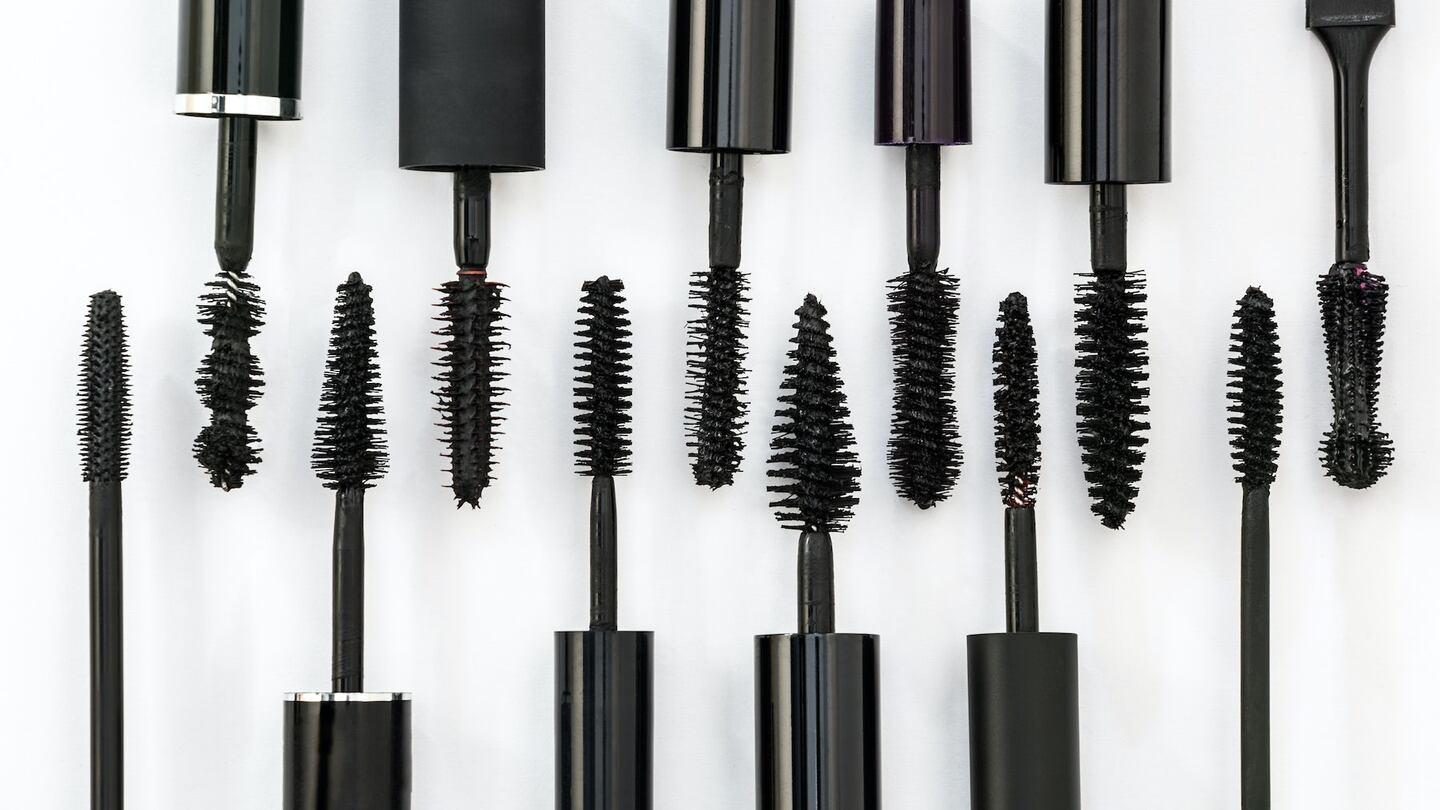
The Business of Fashion
Agenda-setting intelligence, analysis and advice for the global fashion community.

Agenda-setting intelligence, analysis and advice for the global fashion community.

LONDON, United Kingdom — When Rihanna launched her game-changing makeup brand, Fenty Beauty, one key product was missing from the line-up: mascara.
That’s remained true even as Fenty became a global juggernaut. The brand drops new products frequently, expanding into lipsticks, eyeliner and a glitter-infused body pouf. But there’s still no mascara.
Beauty companies sold $8.1 billion worth of mascara last year, according to Euromonitor International. But though international giants Estée Lauder and L'Oréal do brisk business in the beauty staple, some younger makeup brands have steered clear: mascara is absent from the product portfolios of KKW Beauty, Kylie Cosmetics, Anastasia Beverly Hills and Huda Beauty.
For younger beauty brands, mascara can be an expensive and difficult product to make, requiring development of both the product and an applicator wand.
ADVERTISEMENT
It's mostly well-established brands that have the money for R&D that are innovating in this space.
Plus, the larger lash landscape is in flux. While mascara remains one of makeup’s biggest categories, growth is expected to slow to 2 percent through 2021, from 4 percent in the last three years, according to Euromonitor. At the same time, the popularity of lash treatments and services, from tinting and lash application to extensions and “lash lifts,” is on the rise. As regimes become increasingly complex, treatments that last for weeks are becoming a more integrated part of millennial women’s beauty routines.
“The comfort level with consumers to go and get these different kinds of treatments and services has definitely reached an all-time high,” said Sarah Jindal, senior beauty analyst at Mintel. “People are willing to invest a little bit more in going and getting a lash lift or lash extensions, because they know it then makes their routine in the morning that much easier.”
On-demand beauty service provider Blow LTD specialises in blow dries, manicures and makeup application, but also offers lash extension services. Last year, it introduced the LVL Lash Lift, a natural lash treatment that promises to lengthen, volumise and lift lashes, lasting for up to six weeks. Founder Fiona McIntosh says that it’s now the company’s fastest growing service, up 50 percent month on month.
False lashes, too, have become more commonplace in everyday beauty routines. Huda Beauty founder Huda Kattan, who began building her multi-million-dollar beauty empire by selling false lashes, said there has always been a demand for them, but the quality of product available was preventing them from entering the mainstream. Newer synthetic materials that are lightweight and natural-looking have boosted their appeal.
“Women here wear false lashes pretty much every day, whether that’s for a special occasion, going to work or heading to the gym,” said Dubai-based Kattan.
She said she has no immediate plans to develop a mascara line. “I know how big of a project developing mascara will be, so there’s a lot to consider before taking it on,” she explained. “Because the formula goes directly onto hair, there is a lot to take into consideration that you don’t have to think about with complexion products.”
I know how big of a project developing mascara will be, so there's a lot to consider before taking it on.
To be sure, when it comes to coating lashes, mascara remains the most popular option. LVMH-owned Benefit, which produces both false lashes and mascara, says sales of the latter remain strong. Some newer brands are adding mascara after amassing a loyal customer base they know will buy it. Glossier, for example, recently debuted its mascara product — three and a half years after the brand launched. According to the product description, it took 248 formulations to get right.
But for many start-ups, the investment needed to break into mascara can be too high a hurdle. Younger brands are focusing on categories that are easier to produce and where sales are growing faster, such as highlighters or glitter sticks. They can come up with a new colour and hire an outside manufacturer to make the product, while mascara is harder to differentiate.
ADVERTISEMENT
“When you look at the capacity for innovation in terms of mascara, it’s mostly well-established brands that have the money for R&D that are innovating in this space,” said Kloe Angelopoulou, beauty analyst at Euromonitor. “Start-ups, once they enter the market, they want to offer a differentiating product. They want to give something new to the customer.”
Related Articles:
[ Are Influencers Threatening Designer Beauty Lines? Not So Fast.Opens in new window ]
[ Inside Huda Kattan's Blog-to-Brand Beauty EmpireOpens in new window ]
As awareness grows about the perils of sleep deprivation, beauty and wellness brands are flooding the market with an array of products to cash in on the booming opportunity.
Going public is usually a pivotal moment in a company’s history, cementing its heavyweight status and setting it up for expansion. In L’Occitane’s case, delisting might be a bigger conduit for growth.
Brands say they’re barreling ahead with marketing and commerce on the app, even as the clock starts ticking for owner ByteDance to sell it or shut it down.
The Spanish beauty and fashion conglomerate’s smart acquisitions and diverse portfolio could be a big draw for investors. Plus, Adidas is set to confirm its stellar first quarter.